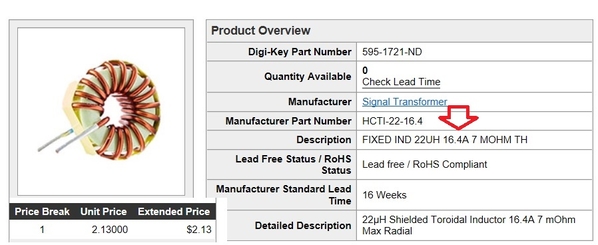Yes, well-done blending of the layout into the yard and landscaping.
Some comments in no particular order.
1. I think you're referring to a conversation we had in another thread where one might "budget" 100 Watts for a G-gauge engine put to the task (heavy load, climbing grade, whatever). I believe you're running ~22V DC. So if blowing a 10 Amp fuse, that suggests your 3 Challengers are drawing more than 220 Watts (Power = Volts x Amps). So that's over ~75 Watts per engine.
2. I'm positive that MTH G-gauge smoke unit can consume more Watts than an O-gauge unit. I've opened up many smoke units for to see what I could re-purpose for non-train smoke projects. The MTH G-gauge smokers can easily exceed 10 Watts. You should be able to watch the Amp meter on your Bridgewerks and (especially given 3 engines) you should be able to calculate the Watts (Volts x Amps) with smoke off and on...and divide by 3 to give the average smoke Watts per Challenger.
3. Note that with DCS motor and smoke electronics, it's about POWER. That is, if you are drawing 10 Amps at 22V you should be drawing closer to 9 Amps if you can run it a 24V. I recall you had some issues when turning up the track voltage. But to the extent that you can increase the track voltage, this might buy you some margin on your fuse value.
4. Also, for a given track resistance the voltage drop from the transformer to the engine is proportional to current. So if you can run less current down the track to distant engine(s) that means less voltage loss. Of course for winter operation I suppose you can apply the wasted heat from track resistance to melt the ice/snow off the track! 
5. If you had signaling issues when going to passive mode, I'd try the choke. Note that the TIU has such a choke right at the Voltage-In connectors. I believe one of the guys identified a suitable high-current choke (30 Amps or something like that) for a passive-mode configuration for operation above 10 Amps. It may be published somewhere but there is likely some combination of TIU components that serve to limit the power you can safely run thru a TIU fixed channel. I'd have to do some research but it could well be the choke in the TIU is not rated for 15 Amps...hence fusing a TIU channel at 15 Amps in active-mode might be a no-no. Additionally, there are Emergency-stop relays on the fixed-in channels that carry the full current in active mode - in other words there are likely multiple internal TIU components which conspire to limit the safe operating current in active mode.
6. And in the pie-in-the-sky category, given your thoughts about battery-operation, I was pondering the idea of some kind of hybrid G-gauge scheme where an engine is jointly powered by track and battery. So, for example, on maple-sap infested sections of track, the battery might take over or at least assist. The battery could be charged on-the-fly when running on clean sections of track. Or the battery could kick-in when climbing grades...and then charge when going downhill or on flat sections.








